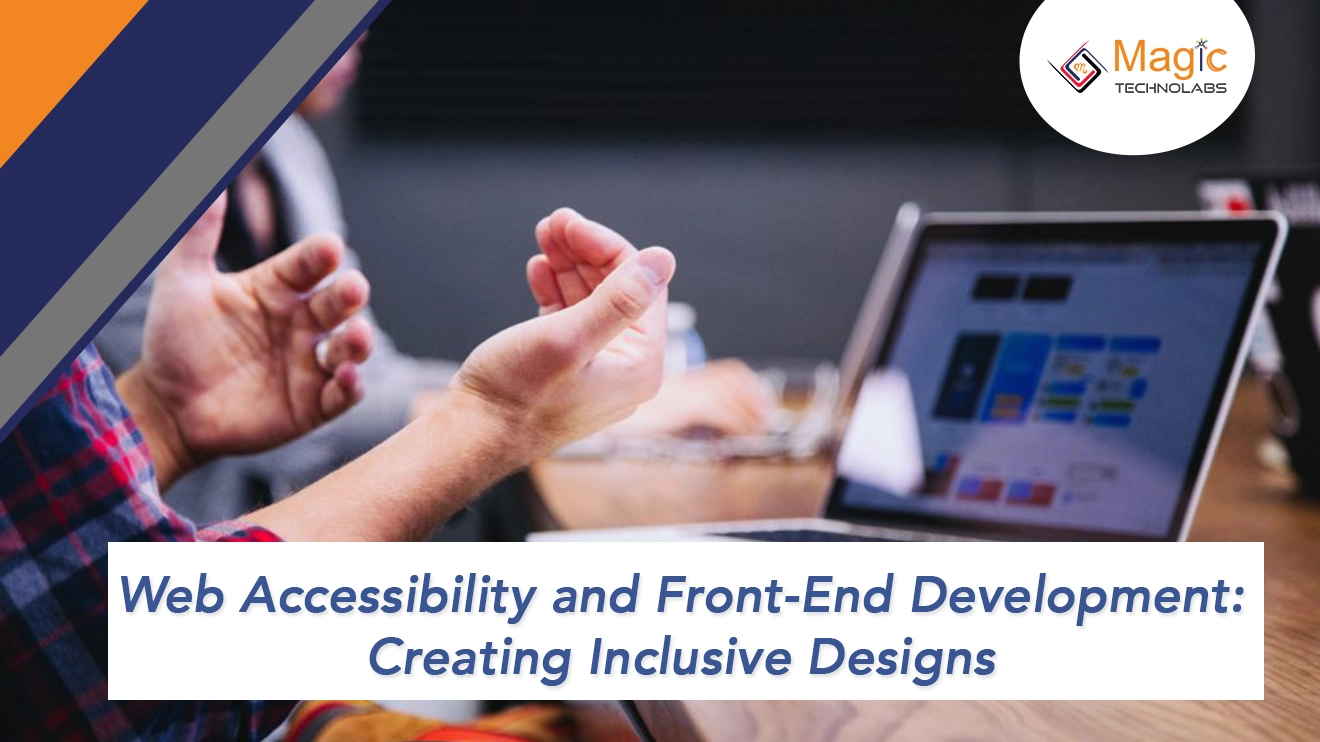In the realm of web development, the synergy between web accessibility and front-end development is crucial for fostering inclusivity. As the digital landscape evolves, it becomes imperative to ensure that websites are accessible to all users, regardless of their abilities. Here's how front-end development contributes to creating designs that prioritize inclusivity:
1. Semantic HTML Tags: Front-end developers play a pivotal role in structuring the content of a website using semantic HTML tags. These tags not only provide a clear outline for assistive technologies but also enhance the overall user experience. Proper HTML structure ensures that content is presented in a meaningful and organized way, catering to diverse user needs.
2. Responsive Design: Creating designs that adapt to various screen sizes is a cornerstone of web accessibility. Front-end developers implement responsive design principles, ensuring that websites are usable across different devices, from desktops to smartphones. This versatility is essential for users with varying abilities and preferences.
3. Focus on Keyboard Navigation: Front-end developers optimize websites for keyboard navigation, acknowledging the importance of accessibility for users who rely on keyboards or other assistive devices. This practice enhances the overall usability of a website, making it more accessible to individuals with motor or visual impairments.
4. Alt Text for Images: Images are an integral part of web content, and front-end developers ensure their accessibility by providing descriptive alt text. This allows users with visual impairments to comprehend the content conveyed through images, contributing to a more inclusive browsing experience.
5. Color Contrast and Readability: Front-end developers carefully select color palettes and ensure sufficient contrast for text elements. This consideration is vital for users with visual impairments, making content more readable and reducing barriers to accessing information.
6. ARIA Roles and Attributes: Accessible Rich Internet Applications (ARIA) roles and attributes are implemented by front-end developers to enhance the accessibility of dynamic content. These elements provide additional information to assistive technologies, ensuring a seamless experience for users interacting with complex web applications.
In conclusion, the collaboration between web accessibility and front-end development is instrumental in creating inclusive designs. By prioritizing semantic HTML, responsive design, keyboard navigation, alt text for images, color contrast, and ARIA roles, front-end developers contribute to a digital landscape that is accessible to users of all abilities, fostering a more inclusive and equitable online experience.
















